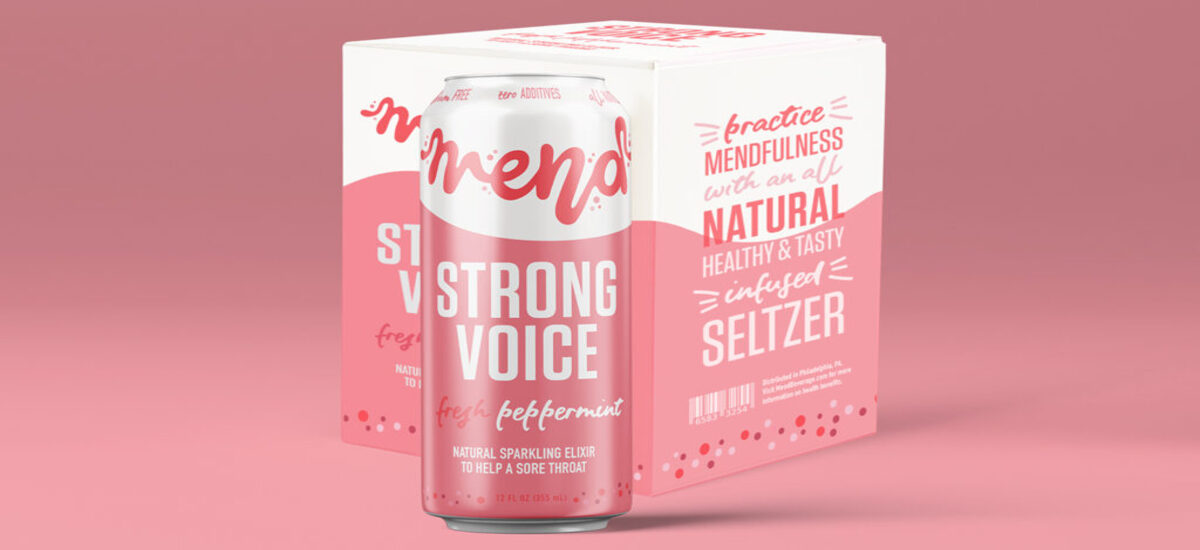You’ve reached the final stage and it’s now time to bring your package designs to life. So what is left to check off the list before printing starts?
You’ve designed your packaging and selected materials, so now you’re ready to print, right? Almost. You still need to ensure that your design files are in compliance with your printer’s specifications so your final packaging will look and feel as you imagined it would.
Overlooking a seemingly small detail when finalizing the specs can derail a product launch. By rushing through these final steps, you may jeopardize the entire project.
Here are the guidelines we use for finalizing our own printing specs for product packaging. If you’re serious about executing a perfect print job, you may want to consider using them as well.
Our Printing Checklist for Package Designs
Before printing your packaging, be sure to check off these five items:
- Have you proofed, finalized, and approved the dieline?
- Are you meeting all of your labeling requirements, including certifications, net weight, ingredients, and nutrition information?
- Is each product’s barcode set up properly?
- Are there specific file delivery requirements?
- Have you done a press check?
Approving a Dieline
A dieline is the flat version of your packaging, marked up to show where cuts, folds, and glue will be utilized to get the package into its final three dimensional form. Reviewing the dieline at this early stage is important to ensure design elements and critical information will not be cut off during the assembly process. Attempting to design your packaging without a proper dieline is is like driving without directions.
Ideally, you would have a dieline in hand very early in the design process. Doing so gives you time so ensure the design team can create a layout that fits within the dieline specifications. If it isn’t possible to review a dieline early on, it’s absolutely critical to see it before approving the final design, so that any necessary adjustments can be made.
A dieline will be marked with several important pieces of information:
Crop Marks
These marks show where the material will be cut.
Bleed Marks
Bleed marks extend beyond the crop lines to ensure “full bleed” items won’t be accidentally cut off.
Trim Lines
These lines indicate the final size of the product once it has been cut.
Safe Zones
All critical information needs to be within a “safe zone” area, a specified distance away from the trim lines.
Fold Lines
Fairly self explanatory, these lines mark where the package will be folded.

Understanding the dieline and how to work within key parameters is a vital step for a successful packaging design project.
Labeling Requirements
Food and beverage products are, of course, subject to labeling regulations set by the FDA. These standards keep consumers safe. Not surprisingly, ignoring them can cause huge issues for your brand. The FDA’s standards evolve over time, so make sure you’re working with the most recent set of guidelines.
Make sure ingredients are clearly labeled and nutrition information is accurately represented in the FDA-approved format before finalizing your package design. This is also a good time to ensure any batch-specific information (like expiration date) is organized for the printer.
When planning your label design, consider other brand-specific certifications like USDA Certified Organic and Fair Trade. Those types of certifications are increasingly important to consumers and can instantly elevate your shelf appeal.
Barcodes & UPCs
Barcodes and UPCs help with both the efficient distribution and sale of consumer products. UPCs (universal product codes) are unique numbers assigned to companies and the products they sell. The first portion of the UPC serves as the company ID, and the second as an ID for an individual product. A barcode corresponds to a UPC, but isn’t technically the same thing. The barcode is the pattern that, when scanned, allows machines to read UPCs.
When planning your package design, you need to make sure you have accurate UPCs and corresponding barcodes for your products so they can be added within the safe zone of the dieline.
File Delivery and Printing
You’re in the home stretch, now let’s finish strong. To avoid unnecessary back-and-forth, collaborate with your printer to confirm file delivery requirements. This small, but important step can save precious time, ensure mistake-free printing, and get your product on shelves faster.
After the files have been delivered to your printer, we highly recommend an on-site press check to be sure the final printed packaging is inline with your vision. It’s one last checkpoint to make adjustments, should there be any issues.
However, if you’ve followed these guidelines, and communicated with your design team and printer throughout the whole process, the press check should be all about giving the green light to print your packaging. It’s the moment when all of your hard work and planning pays off.
This series has covered the basics of CPG package design, sourcing materials, and understanding printing specifications. If you’re interested in learning more about our packaging design work, check out some of our recent case studies.

